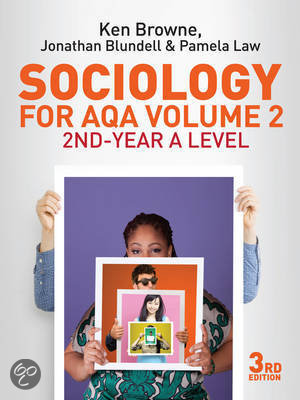Essay
Relationship between Crime and the Mass Media Essay 30 marker
- Institution
- AQA
i did my A levels at a private college so my work is of the best quality. this comprehensive answer tries to pick out the links between crime and the mass media. whilst being critically evaluated along the way.
[Show more]













